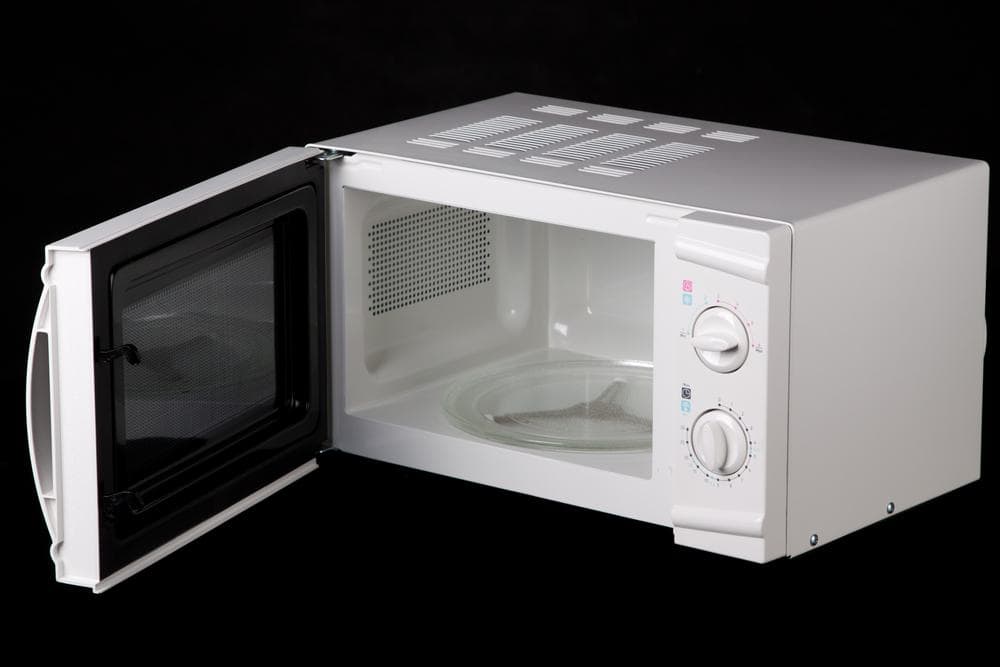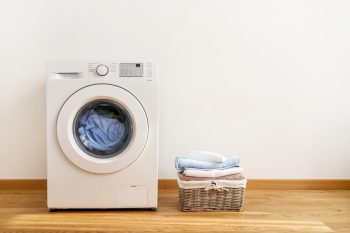
Microwaving food is a quick and convenient method to heat up a meal. But, have you ever wondered what happens if you put a can in the microwave? If so, you’re in the right place. This comprehensive guide will delve into the science behind microwaving a can, the potential dangers, and safer alternatives.
Microwaving a can is not recommended due to the potential dangers it poses. The metal can reflect microwaves, causing sparks, fires, or even an explosion. Furthermore, the can’s plastic lining could release harmful chemicals when heated. If you accidentally microwave a can, turn off the microwave immediately, open the door carefully, let it cool, inspect for damage, dispose of the contents, and clean the microwave thoroughly. Always use microwave-safe containers for reheating food.
Why You Shouldn’t Microwave a Can
Microwaving a can is generally not recommended due to several immediate and potential dangers. Cans are usually made of metal, which reflects microwaves, potentially causing sparks, fires, or even an explosion.
The Science Behind Microwaving a Can
When a metal object, such as a can, is placed inside a microwave, the microwave radiation causes the electrons in the metal to move back and forth, generating heat. This process is particularly dangerous with metal objects that have kinks, dead ends, or sharp edges, as they can create sparks and potentially lead to fires or damage the appliance.
Immediate Consequences of Microwaving a Can
- Sparks and Fire: The electric fields generated by the microwave cause a buildup of electrical charge on the metal surface. This can lead to sparks, which may ignite flammable materials inside the microwave or cause a fire.
- Damage to the Microwave: Sparks generated by microwaving a can may damage the microwave’s interior or its electronic components, potentially rendering the appliance unusable.
- Explosion: If the can is sealed, the rapid heating of its contents can cause a buildup of pressure inside the can, leading to an explosion. This can cause severe damage to your microwave and may result in injury to anyone nearby.
- Uneven Heating: Microwaves do not penetrate metal well, leading to unevenly heated food.
- Risk of Burns: The contents of the can may become extremely hot and cause burns or scalding injuries upon opening.
Potential Dangers to Users
Apart from the immediate consequences, microwaving a can may also pose potential dangers to the user. The metal can reflect the microwave energy, which can damage or destroy the microwave oven itself. Furthermore, the can’s plastic lining could release harmful chemicals like BPA and phthalates when heated, contaminating the food.
What If You Accidentally Microwave a Can?
If you accidentally microwave a can, it’s essential to act quickly yet cautiously.
- Turn Off the Microwave: Immediately turn off the microwave and unplug it from the power source.
- Open the Door Carefully: Open the microwave door with care, as there may be built-up pressure or steam inside.
- Let it Cool: Allow the can and the microwave to cool down before attempting to remove the can.
- Inspect for Damage: Look for any burns, dents, or punctures in the microwave. If found, have the microwave checked by a professional before using it again.
- Dispose of the Contents: Dispose of the contents of the can, as they may have been contaminated by metal or other debris.
- Clean the Microwave: Thoroughly clean the microwave to remove any residue or debris from the incident.
Safer Alternatives to Microwaving a Can
Instead of microwaving a can, consider these safer alternatives:
- Stovetop: Heat up your food on a pan or pot on the stovetop.
- Oven: Use a conventional oven to reheat your food evenly and thoroughly.
- Toaster Oven: A toaster oven is a smaller, more energy-efficient alternative to a conventional oven.
- Crock-Pot: Slowly reheat your food in a Crock-Pot over a longer period.
- Dutch Oven: A Dutch oven can be used on the stovetop or in the oven to reheat food.
- Air Fryer: Air fryers can reheat food quickly and efficiently, making them a great alternative to microwaves.
Remember to always transfer the contents of the can to a suitable container before reheating using any of these methods.
Conclusion
While microwaving a can may seem like a quick solution, it’s important to understand the potential dangers and risks involved. Always choose safety over convenience and use microwave-safe containers. If in doubt, refer back to this guide or consult with a professional. Remember, it’s better to be safe than sorry.
Stay tuned for more in-depth guides and tips on safely using your microwave and other kitchen appliances!
Frequently Asked Questions
What is the main reason why a can cannot be microwaved?
The main reason is that cans are made of metal, which reflects microwaves. This can cause sparks, fires, and potentially an explosion.
What should I do if I accidentally microwave a can?
If you accidentally microwave a can, immediately turn off the microwave and unplug it. Open the door carefully, and let the can and the microwave cool down before removing the can. Inspect for any damage and clean the microwave thoroughly. Dispose of the contents of the can as they may have been contaminated.
What are some safer alternatives to microwaving a can?
Safer alternatives include heating up the food on a stovetop, in a conventional oven, toaster oven, Crock-Pot, Dutch oven, or an air fryer. Always remember to transfer the contents of the can to a suitable container before reheating.
Can the microwave be damaged if I microwave a can?
Yes, the sparks generated by microwaving a can can damage the microwave’s interior or its electronic components, potentially rendering the appliance unusable.
Are there any health risks associated with microwaving a can?
Yes, the can’s plastic lining could release harmful chemicals like BPA and phthalates when heated, contaminating the food. Also, the contents of the can may become extremely hot and cause burns or scalding injuries upon opening.












